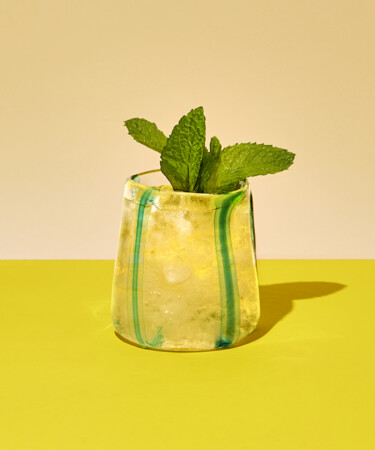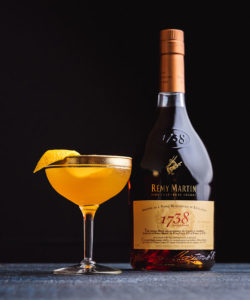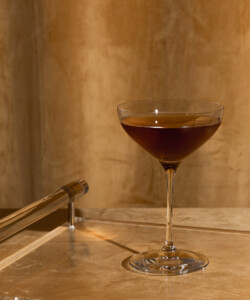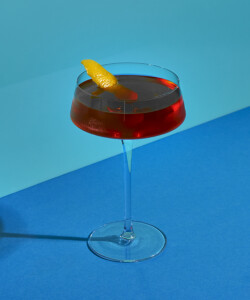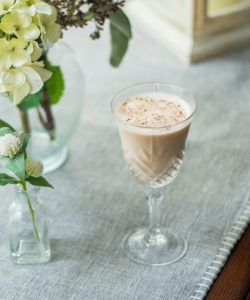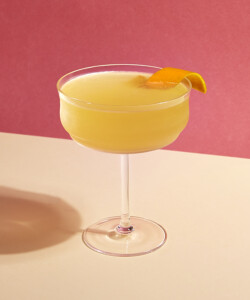The Story Behind The The Stinger
The Stinger is a pre-Prohibition digestif with ties to pocket watch wielders, marble-floored mansions, and billionaire banquets. A potent and refreshing blend of Cognac and white crème de menthe, the Stinger is described by drinks historian David Wondrich as a “top-hat-and-tails drink” due to its long-held reputation as a cocktail for the well-to-do.
The drink allegedly originated in the 1890s, likely evolving from the Judge — a blend of brandy, crème de menthe, and gum syrup — that appeared in William Schmidt's 1892 cocktail book “The Flowing Bowl.” In 1913, the Stinger moniker was officially adopted in Jacques Straub’s “Straub’s Manual of Mixed Drinks” with a lemon peel garnish and an equal parts split base. The name itself is presumed to be a reference to an old boxing term for a quick jab to the head.
Some sources point to James B. Regan of New York’s Hotel Knickerbocker as the Stinger’s inventor, but as is with most pre-Prohibition cocktails, there’s no known creator. However, millionaire playboy Reginald Vanderbilt is largely responsible for popularizing the Stinger, as he famously made them with a dash of absinthe for guests at his NYC mansion. The cocktail became quite common throughout most of the 20th century, aided by a number of references in pop culture, such as in the 1956 movie “High Society” starring Bing Crosby, Grace Kelly, and Frank Sinatra.
The Stinger’s popularity took a turn in the ‘80s, perhaps due to the steady rise in the price of quality Cognac. That being said, if one employs a mellow, aged Cognac in their Stinger, they’ll be set up for success. When it comes to the crème de menthe, feel free to tweak the spec, but be warned that too much will result in an overly minty, toothpaste flavor. This cocktail is best served frappé a.k.a. in a cocktail glass over either cracked or crushed ice. And while some suggest stirring, the Stinger should always be shaken to ensure maximum coldness and adequate dilution.
